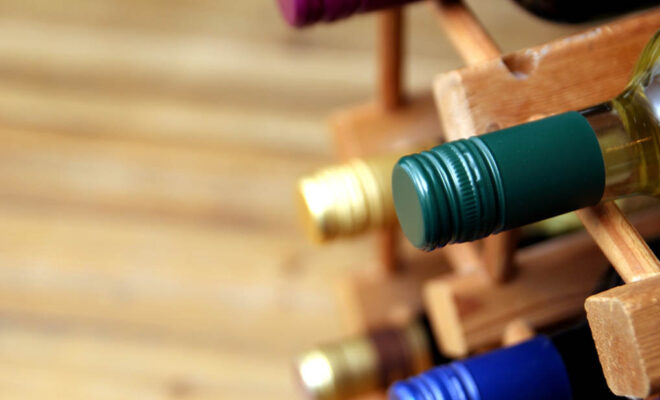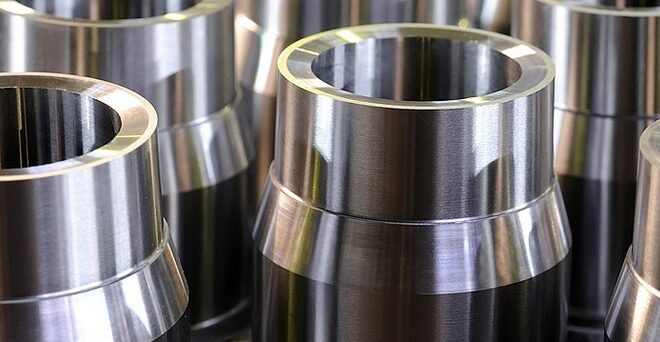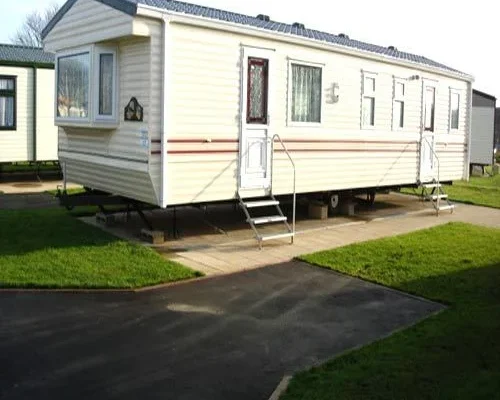What materials are best for insulating a wine cellar?

Creating a properly insulated environment is crucial when building a wine cellar to ensure that your wines are stored at the ideal temperature and humidity levels. The choice of insulation materials significantly impacts the cellar’s ability to maintain stable conditions. Here are some of the best materials for insulating a wine cellar outaouais:
- Spray Foam Insulation: Spray foam insulation is highly effective for wine cellar outaouais due to its ability to create an airtight seal. It expands upon application, filling in all gaps and cracks, and providing excellent thermal insulation. Closed-cell spray foam is preferred for its higher R-value per inch, offering superior insulation compared to open-cell foam. This type of insulation not only maintains stable temperatures but also helps regulate humidity levels.
- Rigid Foam Boards: Rigid foam boards, such as extruded polystyrene (XPS) or polyisocyanurate (ISO), are also popular choices for wine cellar insulation. They are lightweight, moisture-resistant, and have a high R-value, providing excellent thermal protection. These boards can be installed on cellar walls, ceilings, and floors, helping to create a consistent temperature environment.
- Fiberglass Insulation: Fiberglass insulation is a cost-effective option that can be used for wine cellars. It comes in batts or rolls and is easy to install between studs or joists. Fiberglass insulation provides good thermal resistance but may require an additional vapor barrier to prevent moisture buildup, especially in humid environments.
- Cellulose Insulation: Cellulose insulation, made from recycled paper products treated with flame retardants, can be blown into wall cavities or applied as loose-fill insulation. It offers good thermal performance and is eco-friendly, making it a suitable choice for environmentally conscious wine cellar owners.
- Reflective Insulation: Reflective insulation typically consists of a layer of aluminum foil or film applied to a substrate such as cardboard or polyethylene bubbles. It works by reflecting radiant heat away from the cellar, providing an additional layer of insulation. Reflective insulation is particularly effective when used in combination with other insulation materials.
- Choosing the Right Insulation: When selecting insulation materials for your wine cellar, consider factors such as the cellar’s location, climate, and the desired level of insulation. A combination of materials may be used to achieve optimal results, such as spray foam insulation for walls and rigid foam boards for ceilings and floors. Proper installation by a professional is key to ensuring that the insulation performs as intended.






